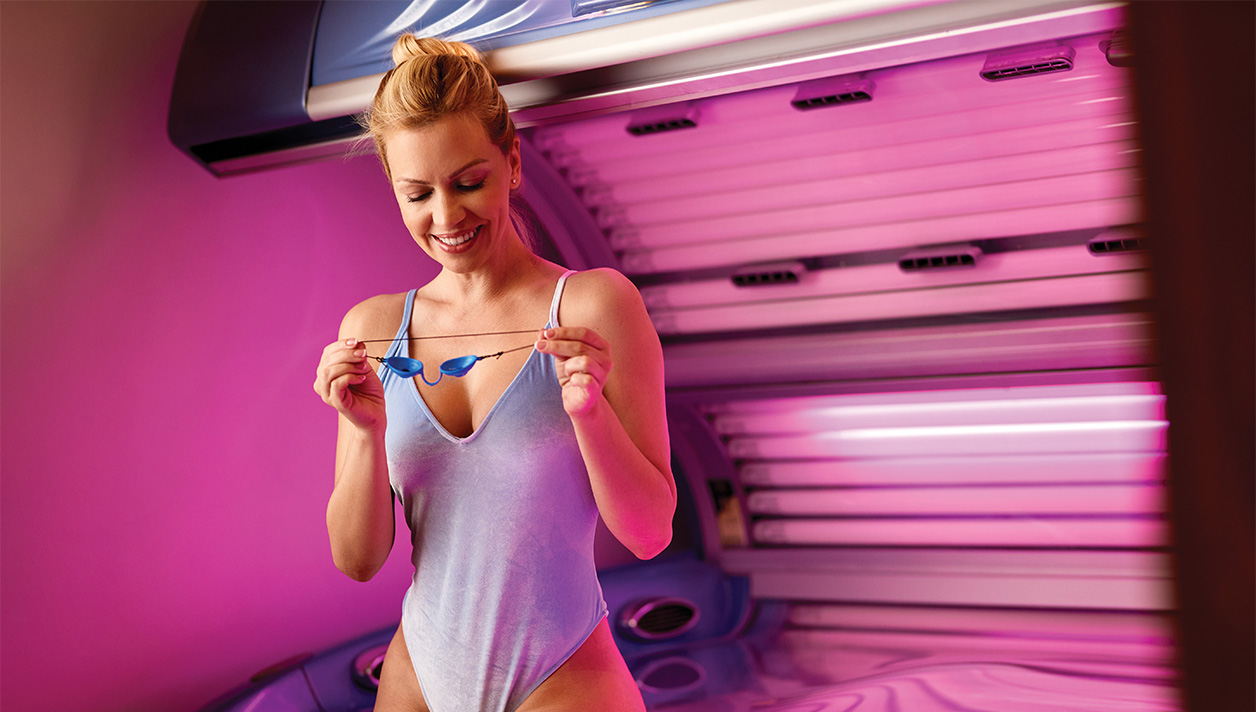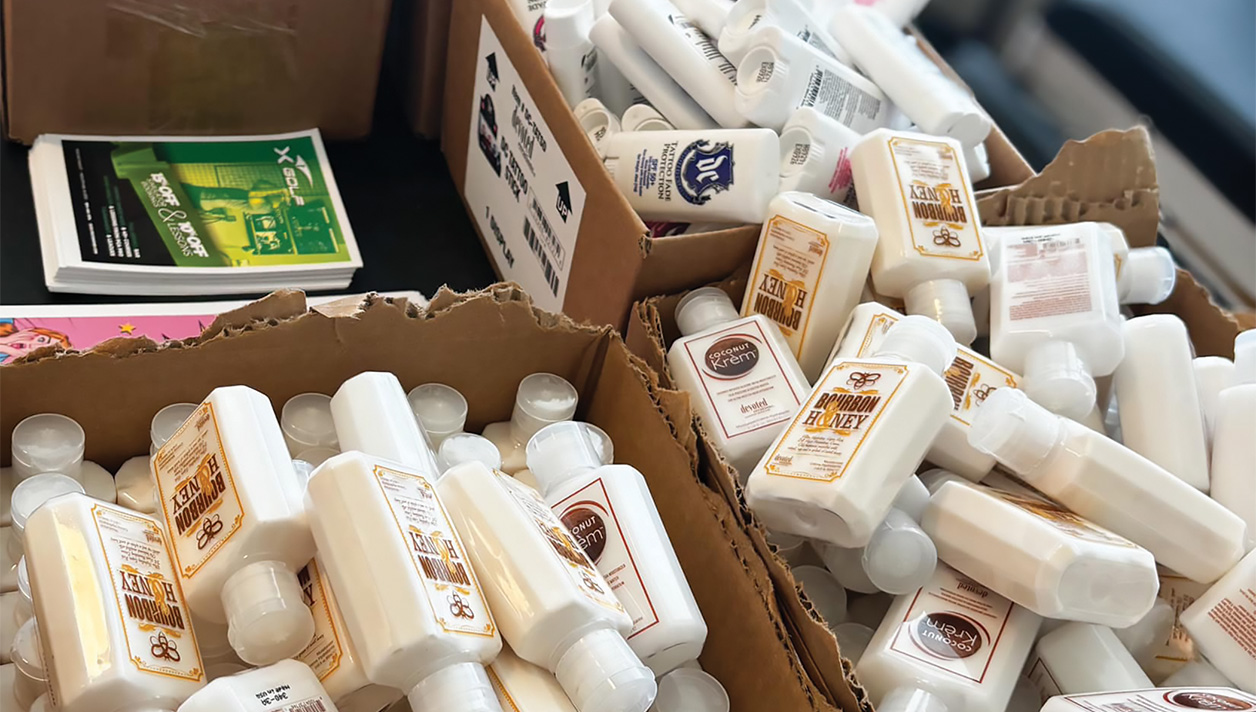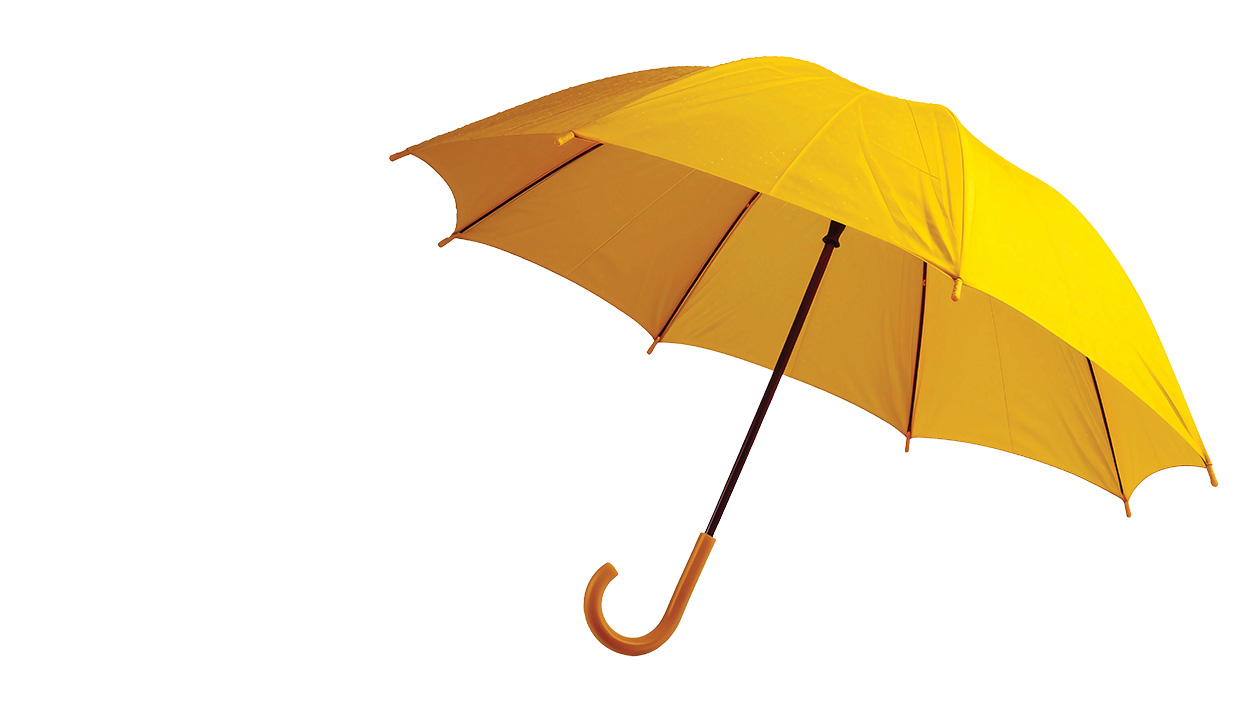It’s as predictable as death and taxes – every spring, the news will be flooded with sensational stories about the dangers of indoor tanning. Another known fact: reporters across the country will walk into salons to ask salon operators questions about tanning that they don’t know how to answer. And, those same salon operators will also be confronted by tanners in their facilities who want answers to questions about the reports and TV shows they see. They want the facts … are you prepared to offer them?
Whether UV or sunless, tanning is a popular topic on health-related TV shows. Dr. Mehmet Oz, an on-again/off-again supporter/detractor of indoor tanning, took time out during a very busy April this year to take a couple swings at the sunless tanning industry.
Dr. Oz offered his thoughts on spray-tans in a report posted on newsmax.com:
“There are animal studies that indicate the turn-you-brown ingredient in the sprays – dihydroxyacetone (abbreviated as DHA) – triggers genetic mutations that could lead to cancer and damage the lungs. And what about the spray-tan salons that claim this DHA is Food and Drug Administration-approved for ingestion (in one video, a salon worker drinks it!) and is just plain harmless? Two years after an ABC News exposé revealed this common confusion, many tanning salons continue to claim, ‘The solution we use is a non-toxic, food grade product.’” The good doctor missed a golden opportunity to explain the inroads the indoor tanning industry has made since that 2013 broadcast regarding consumer education and safeguards for use of spray-tan products.
Remember: For those who weigh the risks and benefits of controlled UV exposure, indoor tanning provides a controlled method in which to obtain a cosmetic tan according to skin type and a timer system that minimizes risk of overexposure and sunburn.
But it comes almost a year after a segment of his TV show touted spray-tanning and its ability to make women look slimmer and leaner and how it was a safer alternative to UV tanning. It also comes three years after his controversial (well, all his shows are oddly controversial) January 2012 segment when he allowed Dr. Joseph Mercola to advocate the use of tanning beds during the winter months for increasing Vitamin D levels. One week later (after getting blasted by the American Academy of Dermatology), he changed his tone: “During our segment, Dr. Mercola recommended the use of “safe” UVB tanning beds for getting vitamin D. The World Health Organization has recommended that no one use a tanning bed for cosmetic purposes. During this same segment, I was intrigued by Dr. Mercola’s claims on the therapeutic value of these specific UVB-emitting tanning beds (most tanning beds use only UVA rays). As a doctor, it is my natural inclination to evaluate and question emerging information in science and medicine – but please do not misconstrue this as me changing my stance on the dangers of indoor tanning. My beliefs are firmly aligned with those of the American Academy of Dermatology (AAD): Research shows that excessive ultraviolet radiation can lead to skin cancer. The bottom line is both UVA and UVB rays cause cancer.”
A brief point here before I continue: as most ist Magazine readers here will note, the majority of indoor tanning beds in the U.S. do not emit only UVA rays. So Doc, what do you support: indoor, outdoor, spray-tanning or none of the above?
Perhaps you recall the April 2012 episode during which Oz promoted the use of green coffee bean extract for weight loss. That clearly paved the way for his appearance in front of the U.S. Senate hearing on bogus diet product advertising. Oz was grilled about weight loss products and others who seem to get a huge financial boost from the “Oz Effect” they experience after exposure on his show. Well, there was very little time this spring for him to offer up what he really thinks about indoor tanning, as select physicians from around the U.S. lined up against him. Several even emailed Columbia University where Oz holds a faculty position, calling him out for “pushing quack treatments for financial gain.” Weight loss products are a $2.4 billion business in the U.S.; however, it’s of note that since 2010, the FTC has collected over $100 million in restitution from companies that promoted deceptive claims.
A little “Oz-bashing” to make my point this month: The indoor tanning industry is constantly under attack by the media and the anti-tanning lobby. It always has been and assuredly, it will continue to be. It’s up to you – the salon operator – to know the facts about indoor tanning. It’s our direction to provide them to you.
When your customers or local media ask questions about your products and their effects, be prepared. Your customers (and probably their friends) will have questions after a TV show, social media post, or print media story about indoor tanning. Sun is Life® Training and Certification is a fact-based learning program designed to educate people who work in our industry. It runs in concert with state and federal indoor tanning regulations.
Don’t be left in the dark. Light up your business with factual information. If you haven’t taken Sun is Life, try it today! Visit sunislife.com. ■























